Vivian Magana: G-Star RAW, Store Manager
Vivian Magana is wearing sustainable denim. The yarn is made from plastic waste. She’s explaining this to one of her clients as he’s walking out the dressing room and zipping up the men’s version from the same collection.
The client in the dressing room needs to go up a size so she slides over to the denim wall where jeans are folded neatly and stacked according to size. Vivian hands him the new pair through an indigo curtain and adds something about the wash. She admits she’s slightly jet lagged from her trip to Amsterdam, where the CEO personally congratulated her. The highest grossing G-Star RAW store across the country is Rodeo Drive. Vivian Magana is the store manager.
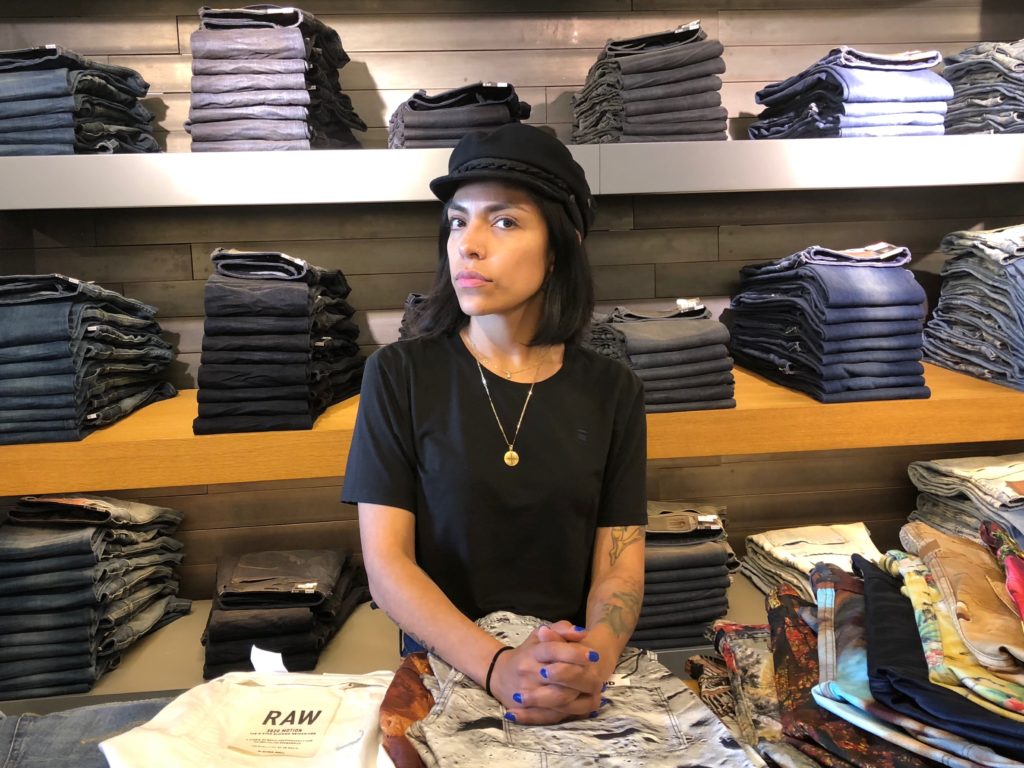
The G-Star RAW & CB4 Interview
Q: What are some of the ways your store has competed with online sales?
When G-Star RAW launched their website, we took a big hit. At first, we responded by competing. If something online was on sale, we had to match the price. Then corporate integrated online orders into the store. When a customer purchases something online, stores are alerted and there’s a race to fulfill the order. The system knows our inventory. That’s how it’s possible. We then pack up the order and ship it out that day.
But this hasn’t increased sales in my store. In other locations with less traffic, it’s helped. The return process is also complicated. It pulls us away from the customers that are already shopping in the store. I’d rather focus on them.
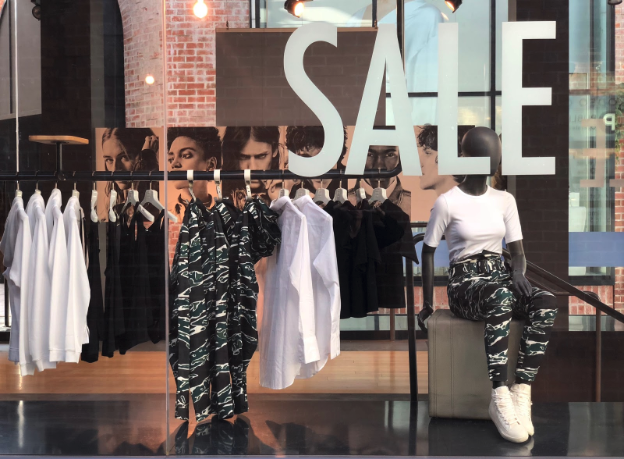
Q: How is your customer service different from other retailers?
We’re genuine. And personable. You’re creating a relationship and it starts with trust.
Clienteling is huge for us. I encourage my entire staff to connect with everyone that walks through the door and when that happens, we’re golden. If you can get someone to come back into the store, you’ve done your job.
Q: How have you increased customer loyalty?
When you start at G-Star RAW, you’re given a client book. There are pages inside outlining a customer’s information such as the fits they like, and their sizes. Depending on the style, they can be different so it’s important to be detailed. We even write down their birthdays. I like to tell my clients that I’ll hit them up when new merchandise arrives that I know they’ll like. It’s important to start the relationship off right, so we put aside an hour each day to follow up.
We also have a loyalty program, which people like. It makes clienteling easier because we tell customers about it while we’re helping them. Then later, it’s more natural when we ask for their contact information at the register.
The way it works is every time you spend over $500, you get $25 in store credit. We give the customers an actual card that they keep. It’s applied in increments, so if you spend $1000, you get $50 and so on. Sometimes we’ll throw a promotion that offers double points. It’s a good reason to reach out to clients and it gives them a reason to come back. The incentive works and it’s not offered online.
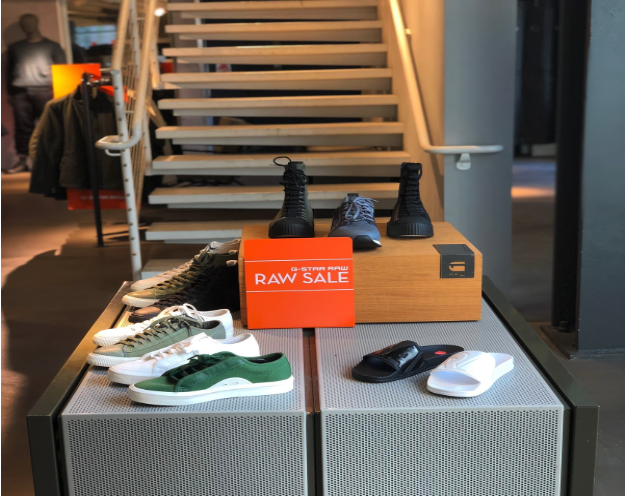
Q: What types of promotions have been successful for your store?
Everyone likes to feel rewarded. Giving customers a gift or something free is better than offering a discount. Something simple like a cool pin was a great idea that my district manager came up with. We’ve even partnered with a raw juice company in the past and offered a bottle to customers. Raw juice. Get it? Stuff like that makes sense.
Some promotions don’t work and you learn from it. We’ve offered clients the opportunity to purchase sale products before the actual sale starts. The purpose was to give them first dibs on sizes because it’s the end of the season and we’re usually running pretty low on stock. People had to wait to take the product home. They were annoyed.
Right now. At this time, no one wants to wait for anything. Think about it. Now we have apps like Amazon Prime and Uber. Everything is on demand. People want things now. Businesses have to adapt.
Something like a trunk show that offered clients exclusive access to the next season’s collection worked once, but that doesn’t matter like before. The next year, technology threw that out the window.
You can’t make customers wait.
Q: How does your store determine the parameters for success?
We establish our goals by comparing our daily sales numbers from the year before. It’s called LY. That’s short for last year. Before we open, the manager pulls the data from our records and writes it out on a dry erase board. We keep it in the office. Everything is measured through KPIs.
Q: Do you think that KPIs are reflecting what’s happening at the store level? Are they telling you what you need to do to improve store performance?
One hundred percent. There’s a focus on conversion, total sales, sales quantity, units per transaction, and the average amount spent per sale.
It’s helpful from a manager’s perspective because I know how the store needs to perform. We also divide it by the employees working that day so that they can see what’s expected.
It holds us accountable.
Unfortunately, it’s not always exact. Some things can’t be tracked. For example, there are three G-Star RAW stores in Los Angeles. They are both less than 10 miles from the Rodeo Drive store, in opposite directions. But the way we merchandise our products and purchase our inventory for each store is different.
We have to understand the customers that live there. These are the things you have to think about when deciding what to buy for next season’s collection. Shorts will probably sell better at our store near the beach. Shorts and tanks. More casual items.
Our products are designer and a pair of our jeans average about $250. But there was a particular leather jacket that was more expensive than anything we’re carried. So we only sold it at my store on Rodeo.
Different area codes want different things.
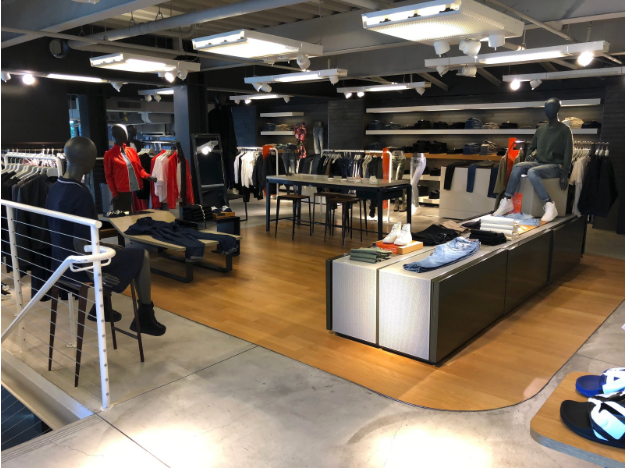
Q: How do you know your store is performing to your company’s operational standards?
Store visits are my favorite. They are helpful because you’re literally taking steps that reveal what’s wrong. It’s insightful.
Merchandising standards at G-Star RAW are high. Sometimes you need an outside perspective to remind you that something like a sign is in the wrong place. I don’t take it personally. These visits offer access to superiors setting operational standards. It helps you understand the way your boss thinks.
Q: How do you empower and motivate your retail team?
The company is currently going through a transition that’s offering more opportunity for growth. It’s increasing morale. The staff needs to be inspired and know they’re valued if they work hard.
My staff also works on commission. The numbers are accurate and I post everyone’s KPIs in the office. We share this information with other stores as well. It creates healthy competition.
I’m big on consistency and communication. We have a system that works through rotation. We let each other know when you’re up to help a customer. It makes things fair and eliminates unnecessary problems.
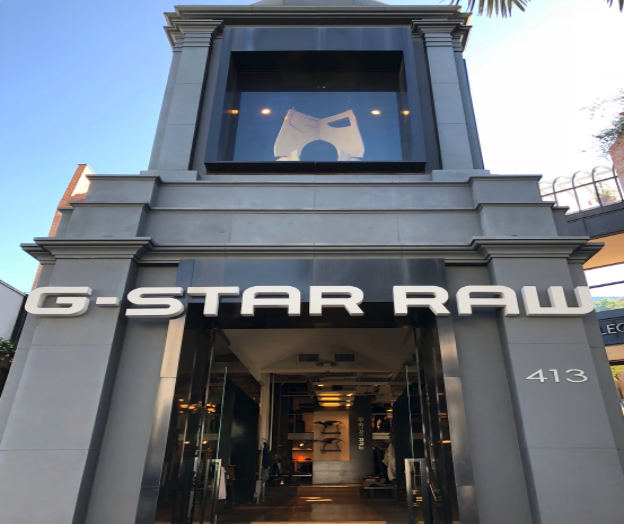
Q: What do you believe is the future of retail?
There’s no denying the landscape has changed. People are shopping online, but I also think that destinations like Rodeo Drive will survive. It’s an exclusive experience that can’t be copied. In that way, I’m lucky.
But it’s my job to maintain and raise expectations.
As a brand, it’s important that we continue to innovate. Marketing wasn’t as important before. It happened naturally. G-Star RAW’s history has kept our customers loyal, but we look ahead too. We’ve always collaborated with artists.
When Pharell Williams became co-owner, we were able to reach a new generation.
We recently partnered with Jaden Smith on a sustainable denim collection. This awareness is something people are proud to be a part of. G-Star RAW created the first 3D denim over 20 years ago. We adapt. We’re not afraid.
To learn more about how CB4 helps retail operations teams improve floor execution and improve same-store growth, take a look at our Content Library, where you’ll find product overviews, case studies, and more.
About the Interviewee
Vivian Magana is the store manager at G-Star RAW Rodeo Drive and has contributed to the franchise development of the company’s West Coast locations. She is the key buyer for seasonal lines and has shaped company-wide standards for store performance metrics. Vivian attended The Fashion Institute of Design & Merchandising and has 15 years of retail experience. She lives in Los Angeles with her girlfriend and Yorkshire Terrier.
About the Interviewer
Jessica Amodeo is a freelance writer with eight years of retail experience in management at top brands like G-Star RAW. She received her MFA from NYU in 2012, and currently lives in Los Angeles.



